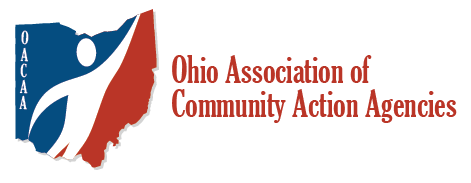Acts of kindness and benevolence used to be the standard for being a good non-profit organization. Over the years, however, there has been a dramatic shift from the model of charity to a more challenging paradigm. As donations became scarcer due to the economy, competition, and other factors, many nonprofits began to ask tough questions about the sustainability of this vital sector. How can the non-profit sector make a long-term impact on the issues they are addressing and become less reliant on donors for financial support? The solution was to ask these organizations to start operating more like a business.
One type of model that emerged from this thinking is called Social Enterprise. The key characteristic that differentiates a social enterprise from a business, traditional non-profits or government agencies, is that social enterprises utilize business skills and resources to address obstinate social needs. Many people recognize this intersection of business and non-profit work by the terms “Double Bottom Line” or “Triple Bottom Line.” These terms indicate that the organization is seeking a financial ROI, social ROI, and/or environmental impact.
Social Enterprises can be challenging to operate due to tax laws, legal structures, capital requirements, and a number of other issues. Those interested in pursuing the model should do their homework and consider the benefits as well as the risks. Social enterprise should not be thought of as a way to replace traditional fundraising, but rather as a tool for furthering the mission and achieving greater impact. A good place to start thinking about these issues is by connecting with one of OACAA’s partners: The Tony Wells Foundation, CauseIMPACT, or the Center for Social Enterprise Development.
